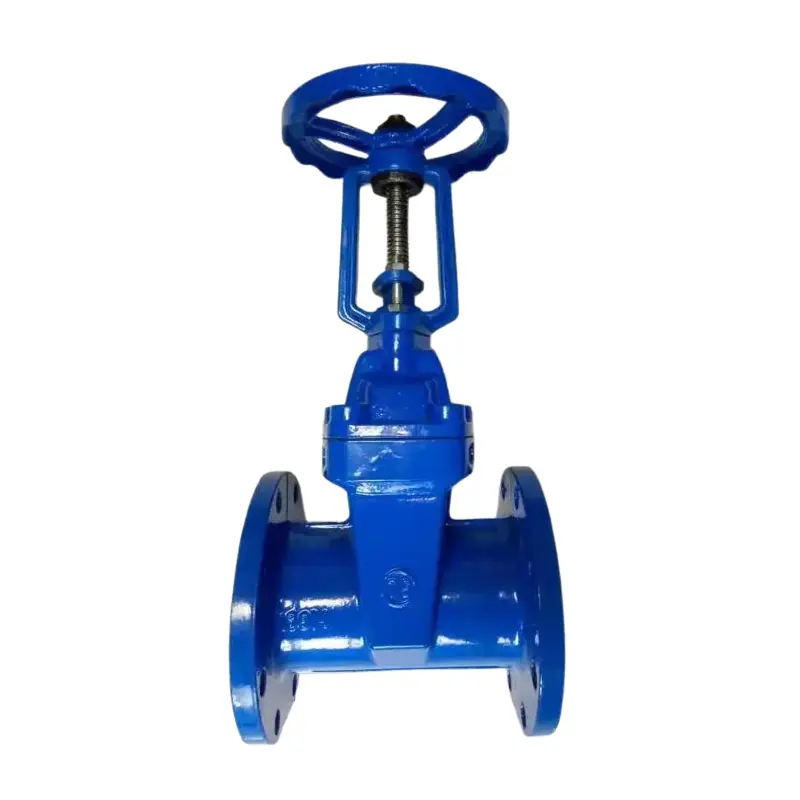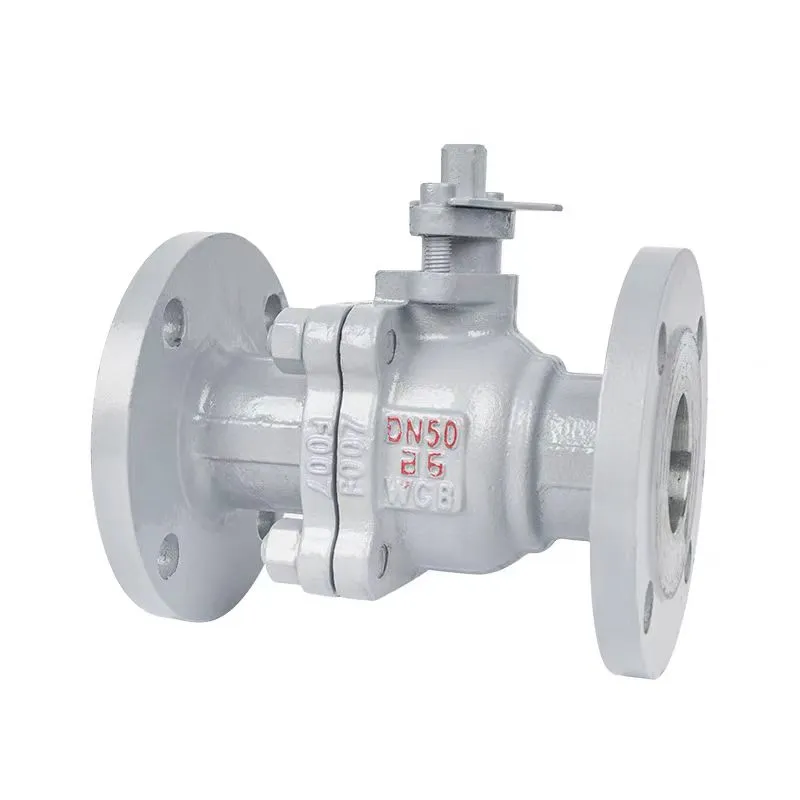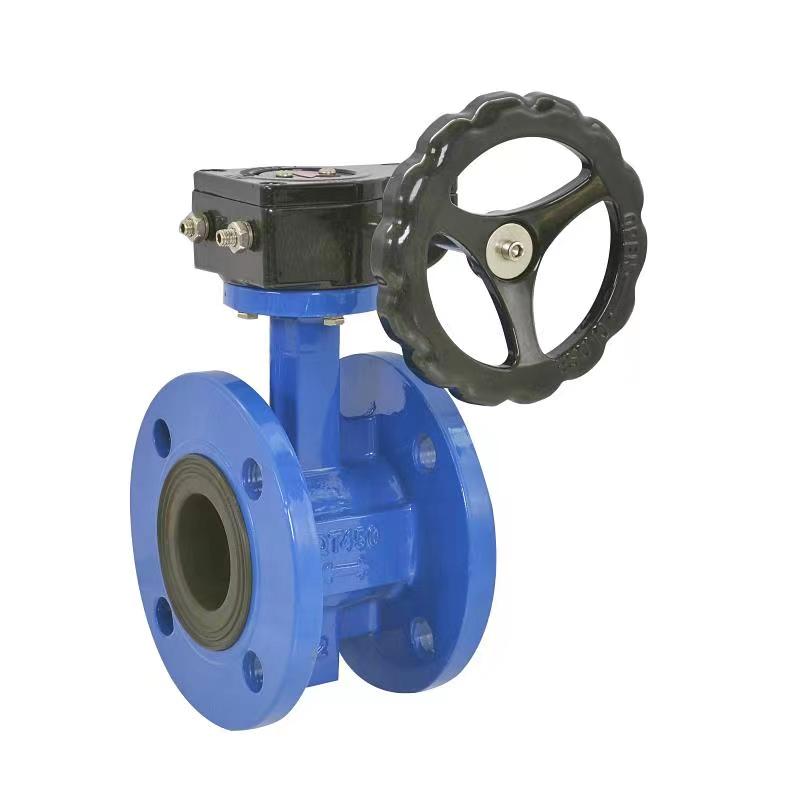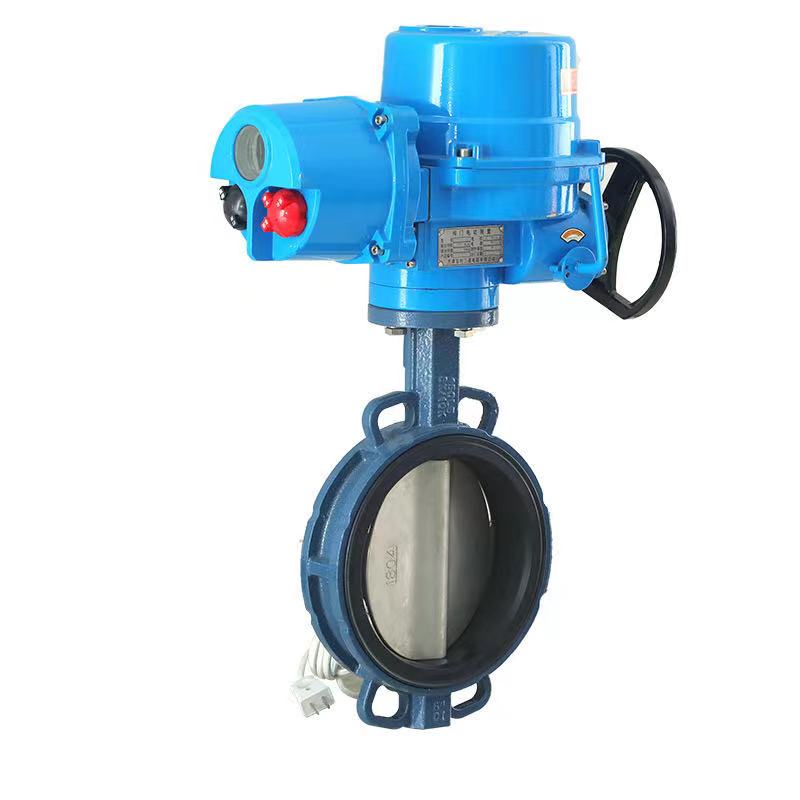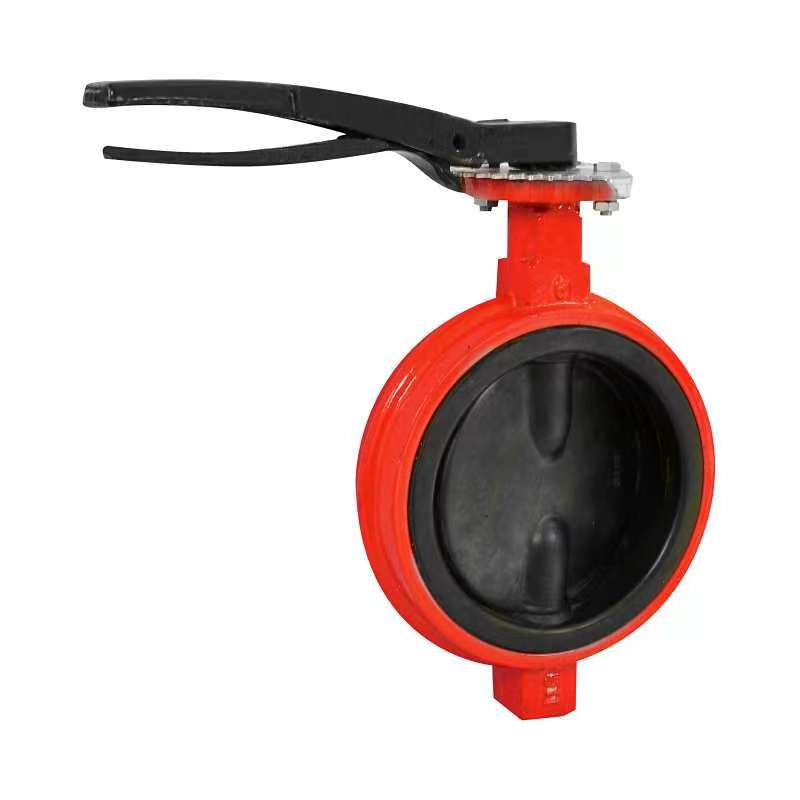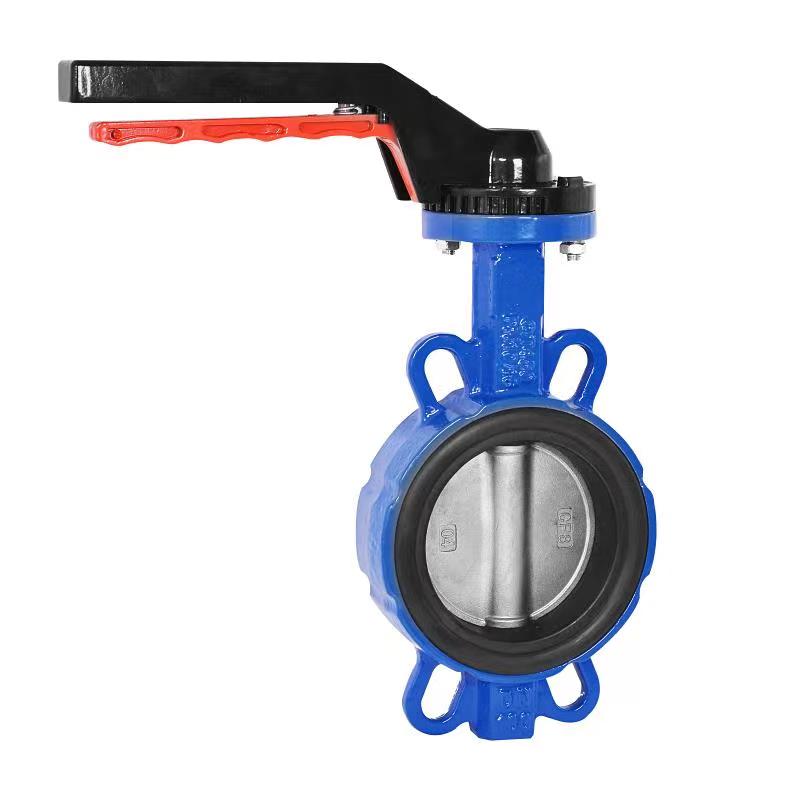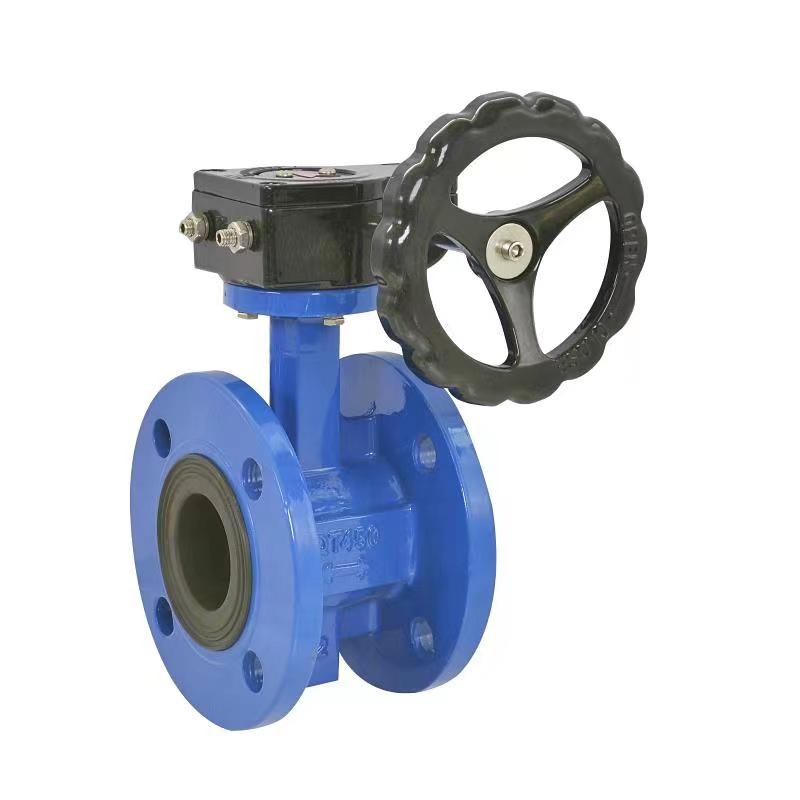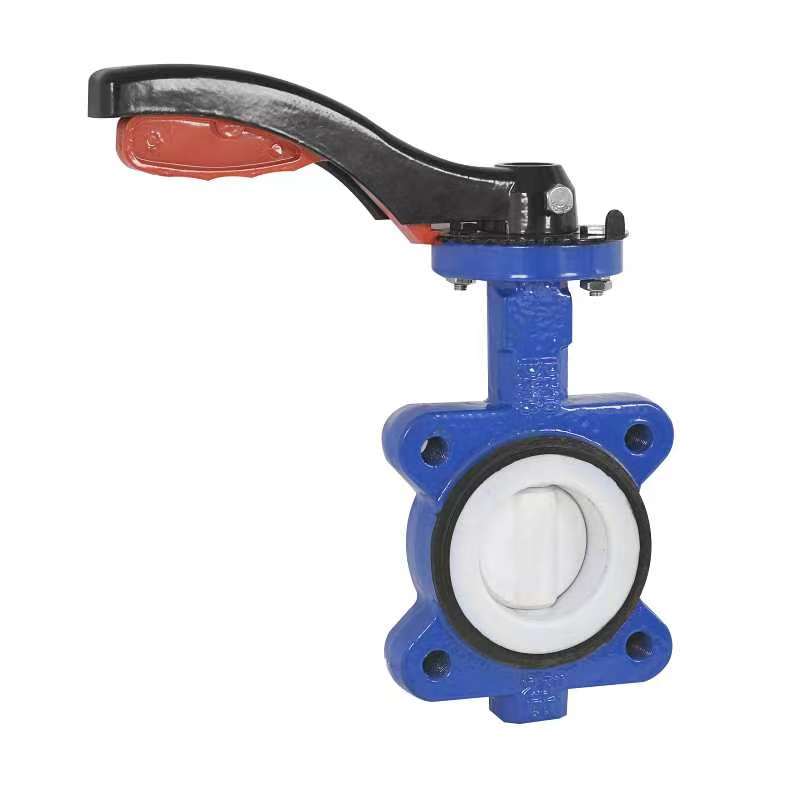- English
- Español
- Português
- русский
- Français
- 日本語
- Deutsch
- tiếng Việt
- Italiano
- Nederlands
- ภาษาไทย
- Polski
- 한국어
- Svenska
- magyar
- Malay
- বাংলা ভাষার
- Dansk
- Suomi
- हिन्दी
- Pilipino
- Türkçe
- Gaeilge
- العربية
- Indonesia
- Norsk
- تمل
- český
- ελληνικά
- український
- Javanese
- فارسی
- தமிழ்
- తెలుగు
- नेपाली
- Burmese
- български
- ລາວ
- Latine
- Қазақша
- Euskal
- Azərbaycan
- Slovenský jazyk
- Македонски
- Lietuvos
- Eesti Keel
- Română
- Slovenski
- मराठी
- Srpski језик
- Esperanto
- Català
- שפה עברית
- Cymraeg
- Latviešu
- icelandic
- ייִדיש
- беларускі
- Hrvatski
- Kreyòl ayisyen
- Shqiptar
- Malti
- lugha ya Kiswahili
- አማርኛ
- Bosanski
- Frysk
- ភាសាខ្មែរ
- ქართული
- ગુજરાતી
- Hausa
- Кыргыз тили
- ಕನ್ನಡ
- Corsa
- Kurdî
- മലയാളം
- Maori
- Монгол хэл
- Hmong
- IsiXhosa
- Zulu
- Yoruba
- অসমীয়া
- ଓଡିଆ
- Twi
- Samoa
- Sesotho
- සිංහල
- Gàidhlig
- Cebuano
- Somali
- Тоҷикӣ
- O'zbek
- Hawaiian
- سنڌي
- Shinra
- Հայերեն
- Igbo
- Sundanese
- Lëtzebuergesch
- Malagasy
- Tǝlam Kanuri
- Punjabi
- پښتو
- Chichewa
What faults are prone to occur in butterfly valves during long-term operation?
Butterfly valves are prone to the following typical faults during long-term operation due to factors such as medium, environment, and operation:
1. Sealing failure
The sealing surface is the core component of butterfly valves, which is prone to leakage due to wear, corrosion, or aging after long-term operation. For example, particles in the medium will continuously wash the sealing surface, causing scratches or dents; Corrosive media such as strong acids and alkalis can accelerate the degradation of sealing materials (such as rubber and polytetrafluoroethylene), leading to a decrease in sealing performance. In addition, frequent opening and closing or installation deviations may also lead to uneven wear of the sealing surface, causing internal or external leakage.
2. Valve stem stuck or leaking
Friction between the valve stem, bearings, and packing is a common fault point. If the packing is aged, the clamping force is insufficient, or the installation is improper, the medium will leak along the valve stem; If there is insufficient lubrication or the medium corrodes the surface of the valve stem, it can cause rotation to become stuck or even jammed. For example, under high temperature conditions, the filler may lose its elasticity due to hardening and cannot be effectively sealed; In media containing solid particles, the surface of the valve stem is easily scratched, increasing frictional resistance.
3. Deformation or fracture of butterfly plate
As an opening and closing component, the butterfly plate is subjected to medium pressure and temperature changes for a long time, and may deform due to material fatigue or stress concentration. For example, under high pressure differential conditions, the uneven force on both sides of the butterfly plate can easily cause bending; If the valve body selection is improper (such as rated pressure lower than actual working conditions), the butterfly plate may break due to overload. In addition, corrosive components in the medium may also weaken the strength of the butterfly plate structure and shorten its service life.
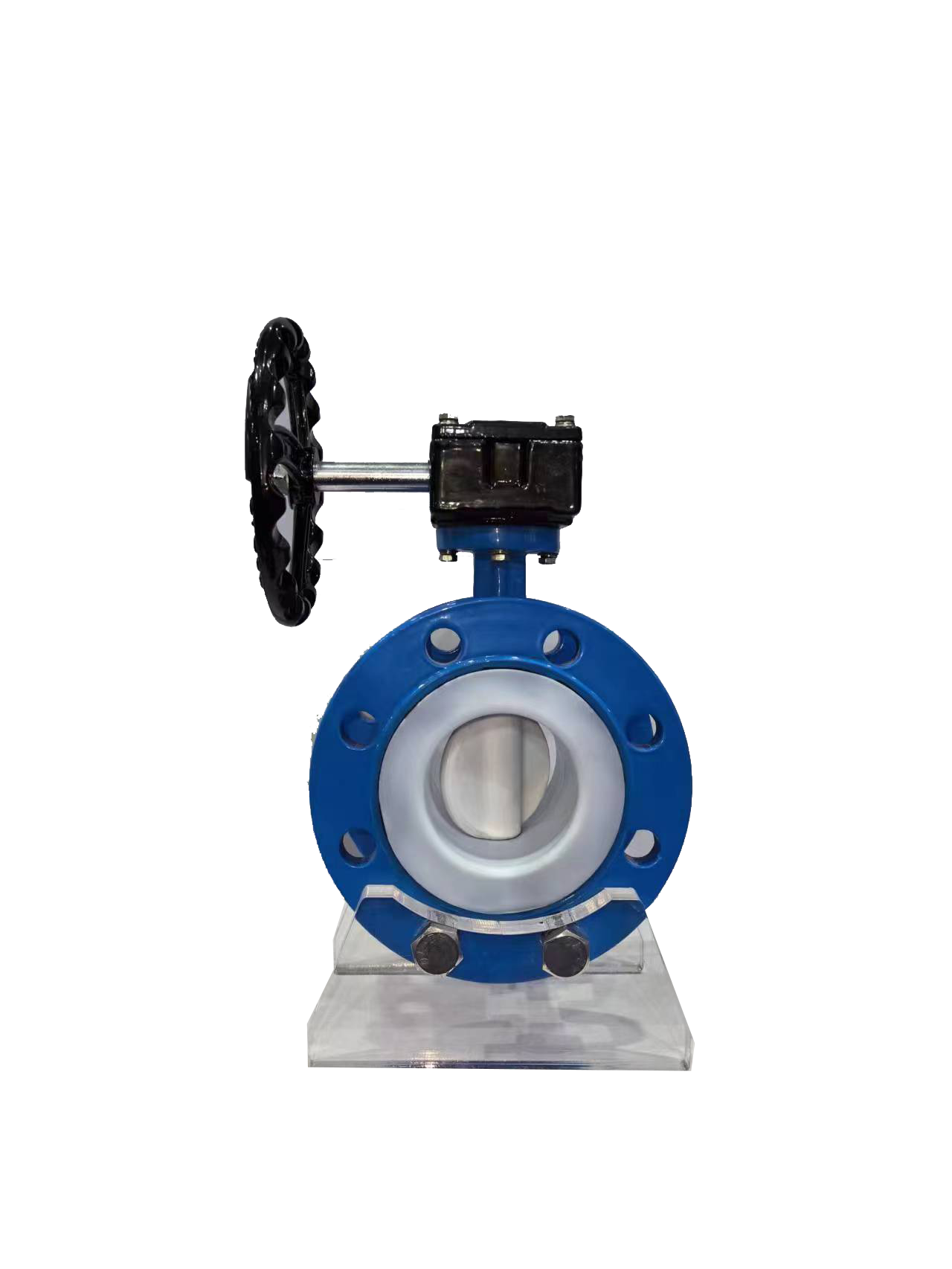
4. Operating mechanism malfunction
If electric and pneumatic actuators are not maintained for a long time, they are prone to power failures, signal transmission errors, or internal component damage, which can cause valves to fail to open and close normally. For example, aging electrical circuits may cause short circuits or poor contacts; The air source of pneumatic actuators contains water or impurities, which can block the air path or damage the solenoid valve.
Preventive measures: Regularly inspect the sealing surface, valve stem, and actuator status, and replace aging components in a timely manner; Select corrosion-resistant and wear-resistant sealing materials and valve body materials according to the working conditions; Optimize installation process to ensure that valves are concentric with pipelines; Strengthen lubrication and cleaning maintenance to reduce the accumulation of impurities. Through scientific management, the failure rate of butterfly valves can be significantly reduced and their service life can be extended.
Related News
- Why can ball valves be opened and closed quickly?
- What are the requirements for installing ball valves?
- Is there a strict requirement for the installation direction of ball valves?
- Can check valves prevent pump reversal
- What scenarios are check valves suitable for?
- What should I do if the check valve cannot stop the water?
Leave me a message
New Products




